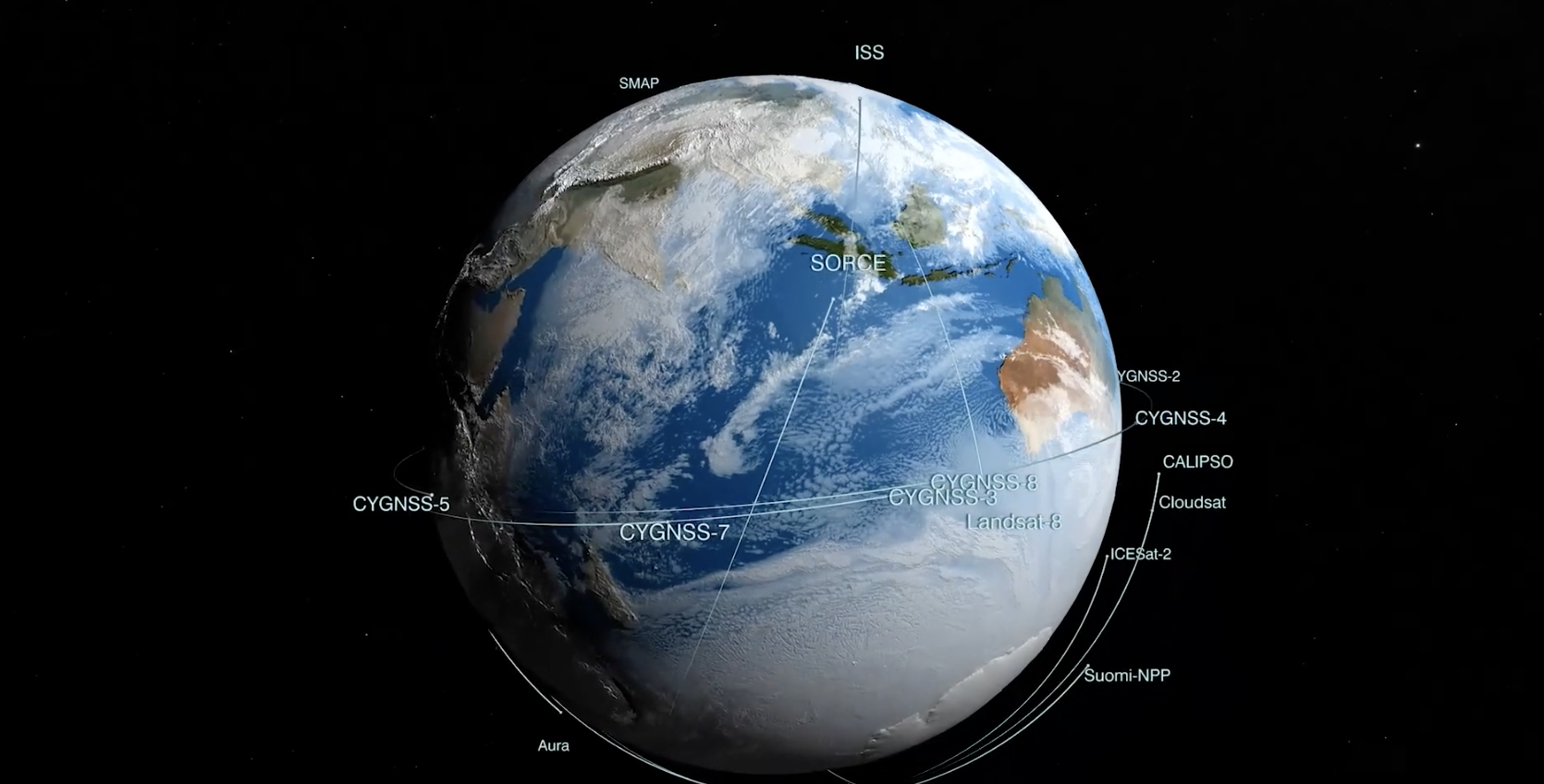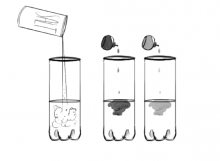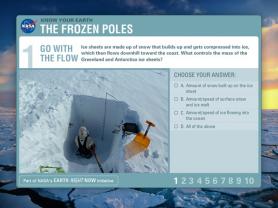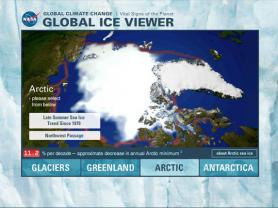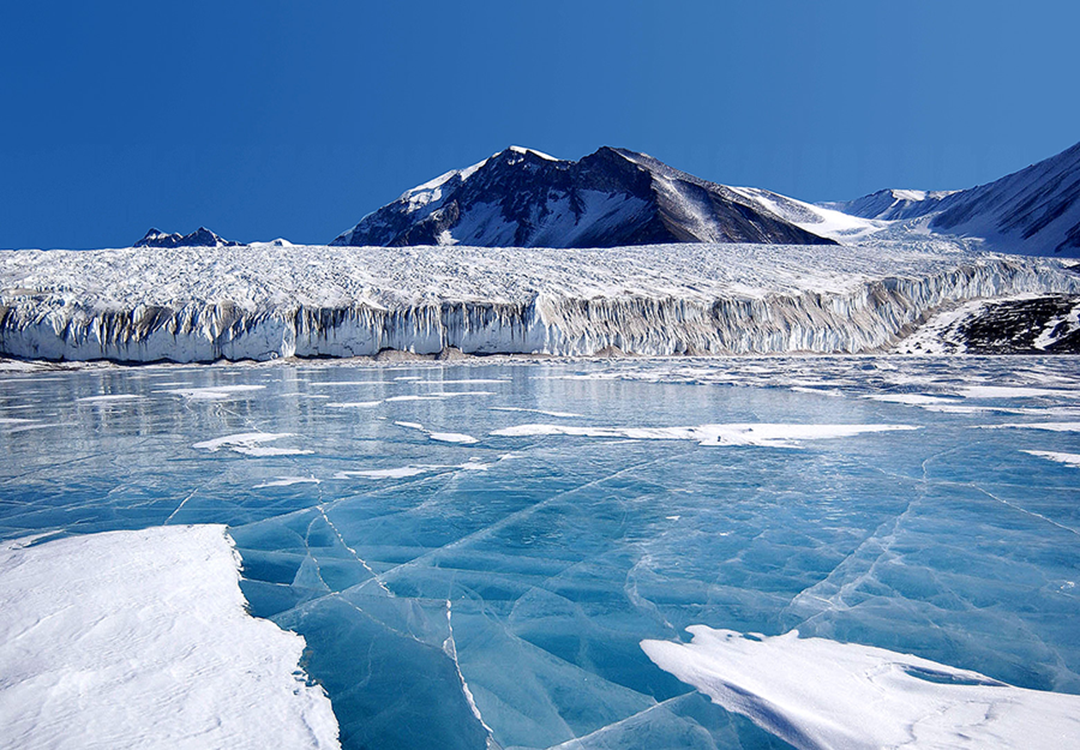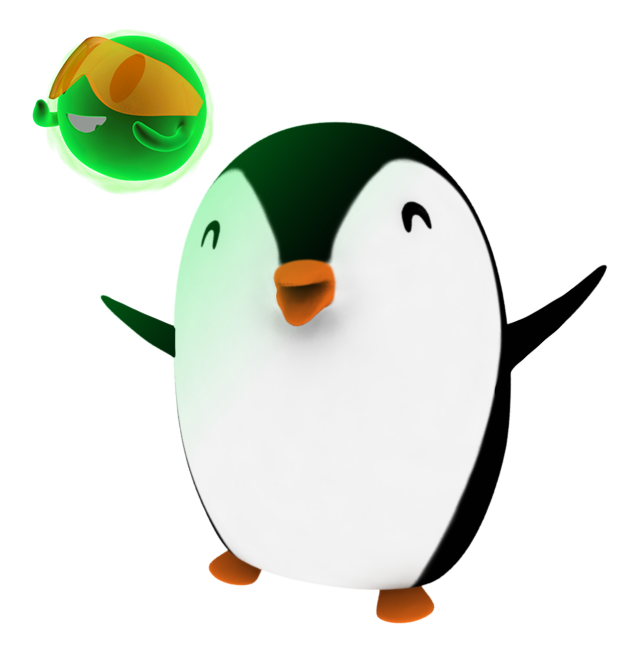Your Guides
Meet Paige and Pho - your guides through the ICESat-2 FunZone! Join these two to learn more about the NASA ICESat-2 mission.

Videos
Click on any item to see the video.
You can create an ICESat-2 Micro-environment model by using common things found around your house. The ICESat-2 Micro-environment allows you to identify the Earth objects that ICESat-2 can measure, the elevation of, from space.
The "Breaking Down the Big Questions at NASA" video is a resource that can be used alongside any activity that involves creating and developing questions. While the video focuses on questions about trees, the basic principles are necessary for asking scientific questions. The video was created for students wanting to do student research projects, who often get tangled up in the onset of their research with things problems like "what questions can I answer?" and "how do I answer such a huge scientific question?" The video discusses how to answer large research questions by starting with a series of smaller, exploratory questions that can serve as a guide to the student research and to help answer the larger, seemingly very difficult research questions.
Earth’s seas are rising, a direct result of a changing climate. Ocean temperatures are increasing, leading to ocean expansion. And as ice sheets and glaciers melt, they add more water. Over 90 percent of Earth’s ice mass is locked up in Greenland and Antarctica. As our greenhouse gas emissions warm the planet, those areas, along with glaciers worldwide, lose more ice, contributing to sea level rise.
Check out this time lapse video simulating sea ice and land ice melting in an aquarium and its effect on sea level rise.
To learn how to recreate it for yourself using common items at home, click here.
Learn more about sea level rise on the NASA Rising Seas page.
Video Production Credit: Valerie Casasanto and Ryan Fitzgibbons
Activities
Explore the Adventures of Echo the Bat in which ICESat-2 is featured in the active remote sensing section. The book is written and illustrated by Ginger Butcher and sponsored by our Landsat partners featuring Landsat images in Arizona and ICESat-2 data over the Grand Canyon.
See what happens when sea ice and land ice melt in this DIY activity. Note: Aquarium not required!
Motion in the Ocean for Kids: Make your own ocean in a tube
Did you know that most of the world’s oceans are interconnected and move around the Earth like a giant conveyor belt? The motion of the ocean occurs because of differences in density (heaviness) of waters. Learn how to make your own ocean in a tube with simple materials.
Fun Links
Fun Links




